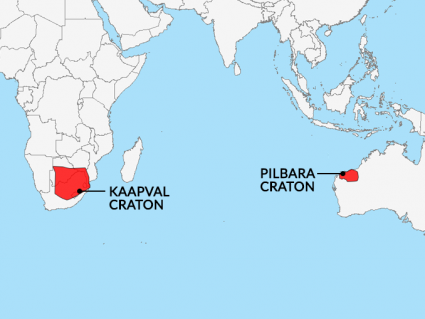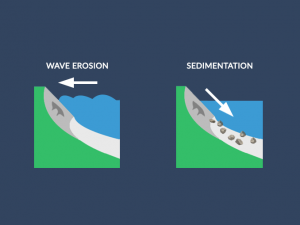Pangea Ultima: Meet Earth’s Next Supercontinent

“One day, our continents will connect to form another supercontinent in the future “Pangea Ultima”
Other names given to the next supercontinent include Pangaea Proxima, Neopangaea, and Pangaea II.
On average, continents move about 5-10 cm per year. This is about the same length your fingernails grow every year.
So the next supercontinent won’t happen for another 250 million years in the future. But it’s a fun experiment to engineer.
Will Pangea Ultima be the Next Supercontinent?

If you could fast-forward into the future, continents will reconnect into another supercontinent. Pangea Ultima is projected as the next supercontinent in 250 million years.
If you incorporate the velocities and trajectories of current plate movement, then you can model how continents will evolve. The landmass itself would extend 13,000 miles with one superocean covering two-thirds of Earth.
In the case of Pangea Ultima, it’s an odd-shaped continent because it’s circular with a hole in the middle. Similar to Pangea, North America would re-collide with the southern part of Africa.
South America, Antarctica, and Australia would wrap around to connect with the south of Asia to create a ring of continents. Finally, the hole in the center of Pangea Ultima is a remnant of the Indian Ocean.
List of supercontinents
The Earth is no stranger to assembling giant landmasses. Throughout geologic time, Earth has broken apart and reconnected several times.
This process is the supercontinent cycle. This list contains all the former supercontinents in Earth’s history.
| Supercontinent | Time (Billions of Years Ago) | Landmass Description |
| Vaalbara | 3.6-2.8 | Western Australia and South Africa |
| Ur | 3.0-2.8 | Madagascar, Australia and India |
| Kenorland | 2.7-2.1 | Laurentia (North America & Greenland), Baltica (Scandinavia & Baltic), Western Australia and Kalaharia |
| Columbia | 1.8-1.35 | Laurentia, Australia, North China, Siberia, Baltica, India, Amazonia and Congo-Sao Francisco |
| Rodinia | 1.07-0.75 | Laurentia, Amazonia, West Africa, Australia, Antarctica, Arabian Numidian Shield, Siberia, North/South China, Kalahari, Baltica and Congo-Sao Francisco |
| Pannotia | 0.62-0.55 | Laurentia, Amazonia, West Africa, Australia, Antarctica, Siberia, Saharan Metacraton, Kalahari, Baltica and Congo-Sao Francisco |
| Pangaea | 0.335-0.173 | Most landmass that existed during Pangaea persist today but in different locations. Exceptions are Iceland, Panama, Costa Rica and other landmasses that formed after Pangaea. |
| Pangaea Ultima | 0.25 (future) | Possible future supercontinent (consistent with the supercontinent cycle) which will assemble 250 million years in the future |
Pangea Ultima: Meet Earth’s Next Supercontinent
A Pangea is a theoretical supercontinent far in the future that will be driven by the Earth’s shifting tectonic plates.
The idea of Pangea’s future formation is intriguing, as it would mark a dramatic shift in Earth’s geography, millions of years from now.
If you have any questions or feedback, please use the comment form below to let us know what is on your mind.















I call bull, there will be no supercontinent because…………………………..
It spans several regions still today including Africa, South America, Australia, Antarctica, the Indian subcontinent, and the Arabian Peninsula.
Where is Gondwana?
What comes after Pangea Ultima and then after that also when will plate tectonics stop